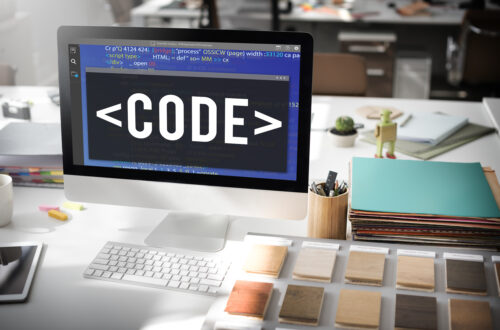Whiteboard animation basically tells a story of ideas, using illustrations on a whiteboard where the artist’s hand draws the visuals in front of one’s eyes. Usually with a voiceover or sound effects. It is quite a style that has found and maintained an avalanche of popularity with brands and businesses, an absolute must-have addition to the music video production arsenal of any video agency, including Simply Explainer.
What is Whiteboard Animation?
Whiteboard animation is essentially an explainer video using very simple black-and-white illustrations on a white background. The concept is very straightforward; a viewer sees an artist literally draw out an image, word, and even text from scratch that narrate a story or deliver an explanation of a product, service, or idea. It strikes the audience with its simplicity and clarity, making complex information easier to understand and remember.
Benefits of Whiteboard Animation
The essence of whiteboard animation is dynamic. Always keeping the audience engaged, as the drawings come to life and one feels drawn into the story, making it easier to retain the information.
Clarity: The visual storytelling simplifies the complex subjects. Information is broke down into digestible pieces in order to make it clearer through the whiteboard animations.
Cost-Effective: Whiteboard animation is relatively cheaper compare to other animation methods. The style is mostly simple in terms of designs, and it therefore is speedily produce, which is convenient for budget brands.
Versatility: Whiteboard animation can fit into different projects, from social media, websites, and presentations. Its flexibility makes it applicable in various sectors, including education, healthcare, and corporate trainings.
How does Whiteboard Animation Work?
Whiteboard animation process involves several crucial steps that bring the final video to life.
Concept Development
The first stage is developing ideas for the whiteboard animation and defining the goals. This includes identifying the target audience, message to be conveyed, and desired outcome. In most cases, a video agency shares intimately with the client to gain an understanding of the client’s vision and the latter’s objectives.
Scripting
Once established is the concept, then comes the development of the script. The script forms the main framework of an animation and contains information regarding the timeline of the narrative and the drawings. With good scripts come a well-conveyed message, which is always in a good accord with the corresponding visuals.
3. Storyboarding
After the script is finalized, there is storyboarding which is bringing an animation plan visually into detailed pages. Each scene with related drawings. Storyboarding gives visual representation of how the final video will take place and allows opportunities for revision before actual production will start.
4. Voice over recording
Whiteboard animation requires a great voiceover. Personality will be brought into the animation, and it guides the viewer into the story. The voiceover should be align to the tone of the message it carries and should be clear as well as engaging. Often, this step needs collaboration from the client with the video agency to ensure that it is align with the broader vision.
5. Animation Production
This is where the magic happens. The artist would draw the visuals on a whiteboard, recording the animation. The way the artist hand will be required to move in real-time infuses the illustration with life and captures the viewers. This takes a lot of time; however, it is there that the difference would come, considering bringing natural flow into the animation.
6. Editing and Final Touches
This may involve adding background sound effects and even doing all adjustments to ensure the transitions will smoothly hold the viewers.
The final whiteboard animation is a polish ready to be published.
Utility of Whiteboard Animation
Whiteboard animations are not only use as marketing. This versatility opens up its application to other applications:
Education: With whiteboard animations, complex concepts can be explained visually in an interactive manner, which can make learning more engaging.
Corporate Training: Companies can create training videos to make the onboarding process and procedures simpler to understand for employees’ better retention of information.
Marketing: Brands can use whiteboard animations in a campaign to effectively communicate their value propositions to the target audience.
Social Media: Short, interesting whiteboard animations can be post on Instagram or Facebook. Which allows greater visibility and activity for a brand.
Conclusion
Whiteboard animation is an amazing tool in connection between the brand and the audience. It allows simplification of complex ideas with engaging visuals to effectively serve business needs by creating communication towards the audience. A top video agency, Simply Explainer uses the technique in helping the brands tell their stories and engage with their viewers. Brands can achieve so much more if they tap into whiteboard animation. Making it one of the most important assets in this digital world today.




